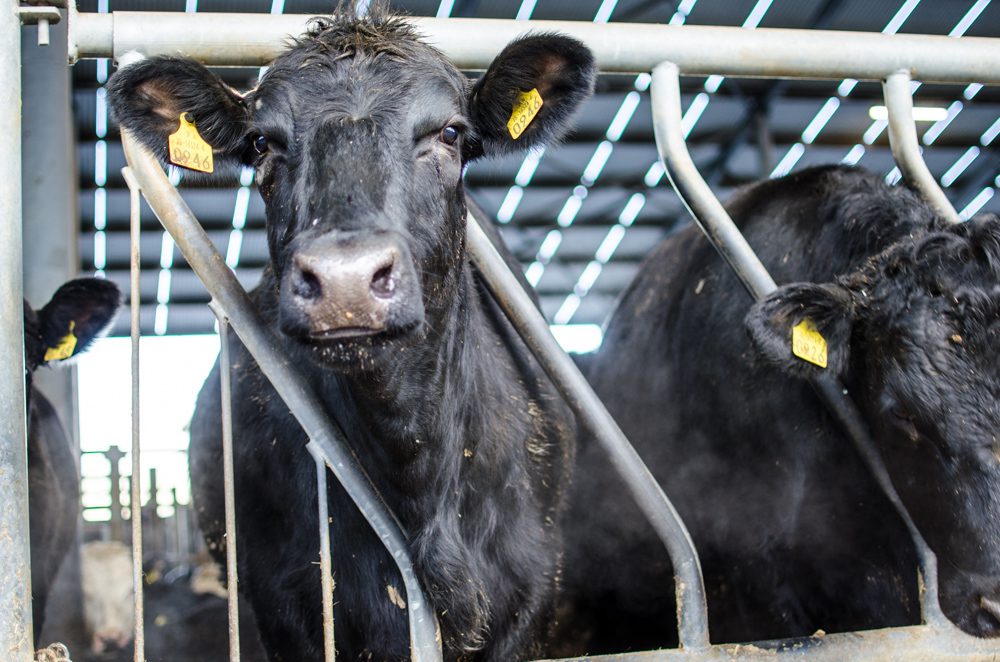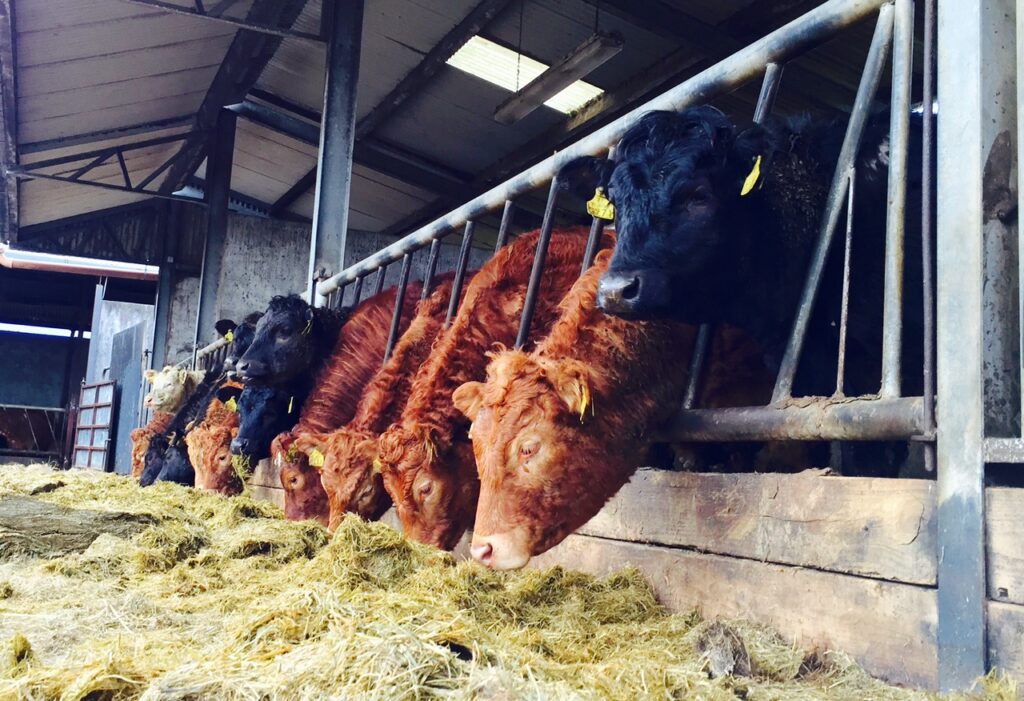The outlook for Irish beef prices in 2017 is far from positive with a number of factors likely to combine to see prices decline.
According to Bord Bia’s Export Performance and Prospect report for 2016/2017, there will be five key beef market drivers in 2017.
These include an increase in EU beef production, EU consumer demand, global beef supplies, currency fluctuations and a rise in Irish cattle supplies.
1. European beef production growth
The Bord Bia Performance and Prospects 2016-2017 document was launched earlier this week, and it details the forecasted changes for European beef production in 2017.
It says that the prospects for the EU beef market in 2017 are mixed, but preliminary forecasts suggest that there will be some output growth in the EU-15 region.
2. Beef consumption to remain stable
Meanwhile, the Bord Bia outlook also suggests that beef consumption within the EU-15 is likely to remain stable in the short term totalling in the region of 6.75m tonnes.
Given that production is set to increase and consumption is likely to remain stable, beef producers may be forced to find new or additional markets for beef this year.
3. Higher volumes from the US and Brazil
According to Bord Bia, global beef exports are expected to increase by 2% this year, driven by anticipated higher volumes from Brazil and the US.
In the US, beef supplies are set to rise by 4% this year following growth of almost 6% in 2016.
US beef imports are also expected to decline by 11% in 2017 due to a rise in consumption and slower consumption.
In addition, Bord Bia also reports that South American beef supplies are expect to rise due to increased production from Brazil and modest growth in Argentina.
Brazilian production is forecast to rise by 2% in 2017 with exports jumping a further 5% to make Brazil the largest beef exporter in the world.
However, much will depend on currency developments, as a weaker Real helped Brazilian exports become more competitive throughout 2016.
Meanwhile, it also says that Australian cattle supplies are at their lowest level in 20 years due to herd rebuilding, and as a result Australian beef exports are expected to fall by 4% on 2016 levels.
4. An increase in cattle supplies expected
The Performance and Prospects document also indicates that a significant increase in cattle supplies can be expected this year, with an additional 100,000-110,000 finished cattle expected to come on stream.
A decrease of almost 58,000 head in live cattle exports in 2015, it says, combined with a rise of over 133,000 head in calf registrations is pointing toward this increase.
This is a jump of 6% on 2016 levels, when cattle supplies were up by approximately 80,000 head on the year before.
5. Currency volatility
Bord Bia also anticipates that higher Irish cattle supplies and currency volatility will create challenges for prices this year.
But it is hoped that further growth in exports to international markets will provide additional options for exporters.
The volume of Irish beef exported to the UK in 2017 declined by 2% in 2016, it says, with exports estimated at 270,000t – this equates for approximately 50% of total exports.
In value terms, it says, Irish exports were less competitive due to a 12% weakening of Sterling against the euro.
And with the uncertainty caused by Brexit, volatility in the Sterling/euro exchange rate may have an impact on the Irish beef exports to the UK this year.




